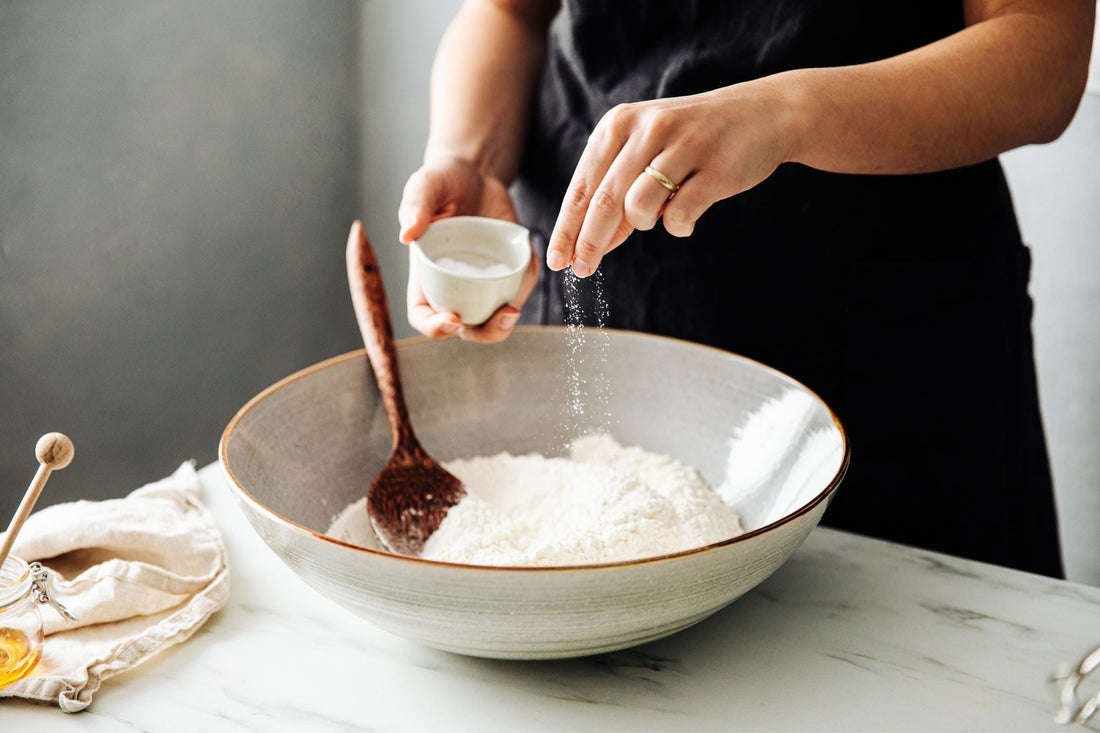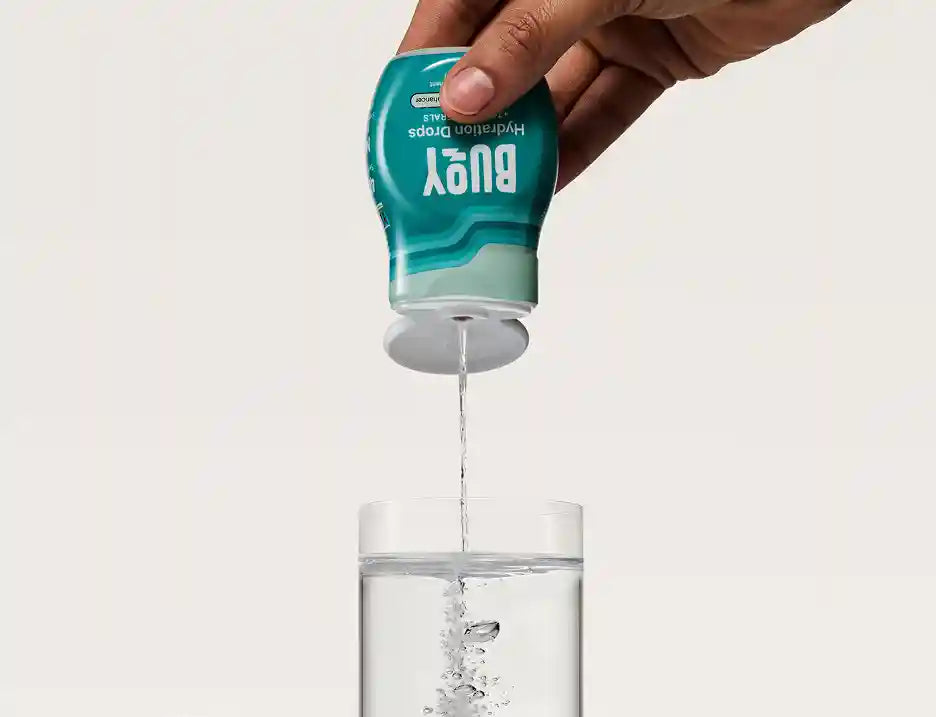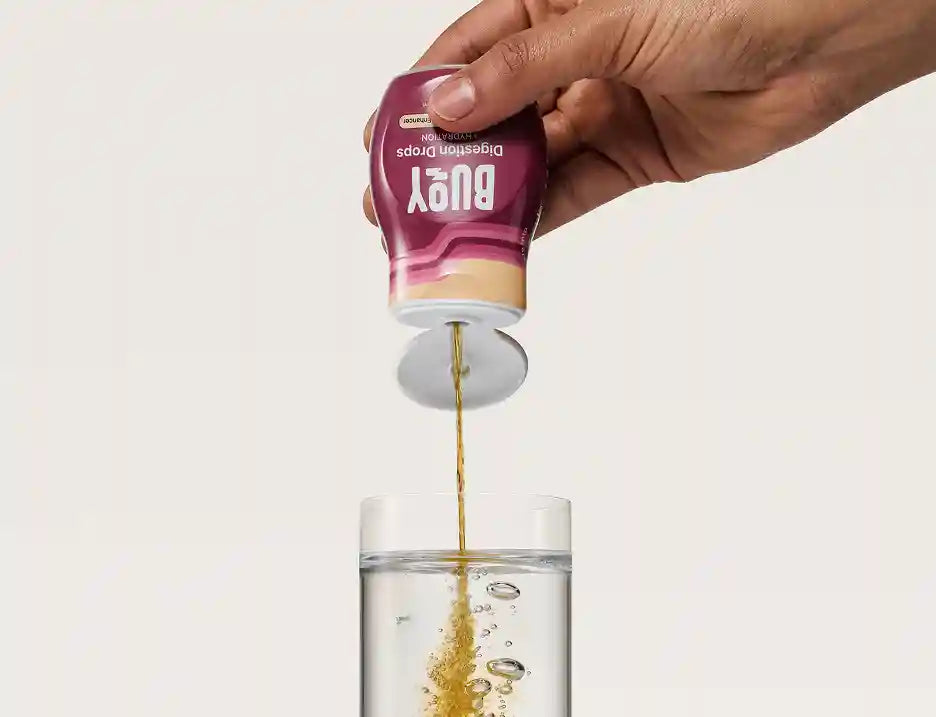
Why Salt Helps Manage POTS Symptoms: Understanding the Benefits
For those living with Postural Orthostatic Tachycardia Syndrome (POTS), managing symptoms can feel like a constant balancing act. While many are aware that increasing salt intake can help, it’s important to note that not all salts are created equal.
But why exactly does salt help, and how can you incorporate a high-sodium diet for POTS safely into your daily routine? Let's take a look at the science behind salt's benefits for POTS patients and explore practical ways to make it work for you.
Essential Takeaways:
- Consuming Sodium to Manage POTS Symptoms: Increasing your salt intake for POTS can help you manage symptoms by improving blood volume and circulation. Studies indicate that POTS patients may benefit from consuming 3,000 to 10,000 mg of sodium daily, which is significantly higher than the general population’s recommended intake.¹
- Getting the Recommended Amount Every Day: While it may seem challenging to incorporate the recommended daily intake of salt, using high-quality, mineral-rich salts can make a difference. Unlike ordinary table salt, mineral-rich options help replenish essential nutrients your body needs. Be sure to consult with your healthcare provider to find the right balance for your needs.
Let's take a look at the science behind salt's benefits for POTS patients and explore practical ways to make it work for you.
- Why Do POTS Patients Need More Salt?
- Why Does Salt Impact Blood Volume and Circulation?
- Incorporating More Salt into Your Diet Safely
- How Much Salt Should POTS Patients Consume?
- How Do Electrolytes Help in Managing POTS Symptoms?
- Potential Risks of Excessive Salt Intake
- Manage Your POTS Symptoms with Proper Salt Intake
Why Do POTS Patients Need More Salt?
Understanding the relationship between POTS and salt is crucial for symptom management. If you have POTS, you’re likely familiar with the dizzy spells, rapid heartbeat, and fatigue that can strike when you stand up.
These symptoms often stem from a drop in blood pressure, which is where high-quality salt comes to the rescue.
The Role of High-Quality Salt in POTS Management
So, why does salt help POTS? Salt, particularly unrefined sea salt rich in minerals, helps your body retain water more effectively than regular table salt. For POTS patients, this extra fluid retention is crucial as it increases blood volume, which in turn helps maintain blood pressure when you change positions.
This leads to less dizziness, fewer fainting episodes, and more stable energy levels throughout the day.
Why Does Salt Impact Blood Volume and Circulation?
Salt plays a crucial role in helping your body retain water, which increases blood volume. For POTS patients, this extra fluid helps keep blood pressure stable, particularly when standing up.
High-quality sea salt, rich in essential minerals, supports this process, reducing symptoms like dizziness and lightheadedness by promoting healthy circulation.
Benefits of Increased Blood Volume
Increased blood volume has a domino effect that helps:
- Maintain blood pressure
- Reduce the workload on your heart
- Improve blood flow to your brain and other organs
The result? You feel more stable, energized, and less likely to experience those dreaded POTS symptoms.
Incorporating More Salt into Your Diet Safely
Now that you know why high-quality salt is so beneficial, how can you make sure to get enough every day? Here are some practical tips to increase your sodium intake for POTS management:
- Choose the Right Salt: Choose unrefined sea salt that contains a variety of minerals, not just sodium chloride.
- Dissolve Salt in Drinks: Many high-quality salts dissolve easily in liquids, making them easy to consume.
- Season Mindfully: Use mineral-rich salt to enhance the flavor of your meals and snacks while supporting your health. Get healthy and delicious snack ideas in our guide to Healthy High-Sodium Snacks for POTS.
- Consider Salt Supplements: High-quality sodium supplements are an easy and convenient way to increase your daily sodium intake. Add a sprinkle to your meals, beverages, or right on your tongue for a quick boost.
Remember, balance is key. While increasing your salt intake, it’s crucial to stay well-hydrated. Drink plenty of water throughout the day to support your increased sodium consumption. Experts recommend consuming at least 2 to 3 liters (8-10 cups) of water daily.¹
Buoy Quick Tip: Planning a workout? Give your body a head start. About 15-30 minutes before exercise, mix a pinch of Buoy’s Rescue Salt into your water bottle. This pre-workout salt boost can help maintain your blood volume during physical activity, potentially reducing exercise intolerance common in POTS patients. Remember to stay hydrated throughout your workout for best results.
Want to learn more about managing POTS symptoms with proper nutrition? Check out our POTS Diet and Nutrition Guide.

Boost your salt intake the easy way: Just add a pinch of Buoy’s Rescue Salt to your meals, snacks, drinks, or directly on your tongue to help manage POTS symptoms.
How Much Salt Should POTS Patients Consume?
Finding the right balance in a high-sodium diet for POTS is essential. The optimal amount of salt can vary for each individual with POTS.
While many specialists recommend consuming between 3,000 to 10,000 mg of sodium per day, it’s essential to work with your healthcare provider to determine the right amount for you.¹
Consider a Sodium Supplement
Some salt supplements designed for POTS patients come with recommended daily servings. These can provide a good starting point, but always consult with your healthcare team to tailor the intake to your specific needs.
How Do Electrolytes Help in Managing POTS Symptoms?
Electrolytes, including the minerals found in high-quality salt, play a crucial role in maintaining fluid balance in your body. For POTS patients, this balance is often disrupted, leading to symptoms like dizziness and fatigue.
Benefits of Electrolytes for POTS Patients
The right balance of electrolytes can help:
- Maintain proper hydration
- Support healthy blood pressure
- Reduce fatigue and muscle weakness
- Enhance brain function and reduce brain fog
- Support overall health
Proper electrolyte management is essential for POTS patients, as it can significantly improve symptoms and overall quality of life. Consult with a healthcare professional to determine the best approach for your specific needs.
Buoy Quick Tip: If you know you have a busy day ahead or an event where you’ll be standing for long periods, try “salt-loading” beforehand. Mix a quarter teaspoon of Buoy’s Rescue Salt into a glass of water and drink it about 30 minutes before the event. This can help boost your blood volume and potentially reduce POTS symptoms during the activity.
Potential Risks of Excessive Salt Intake
While high-quality salt can be a powerful tool in managing POTS, it’s important to approach it mindfully.
Always consult with your healthcare provider before making significant changes to your diet or salt intake. They can help you find the right balance and monitor for any potential effects.
Manage Your POTS Symptoms with Proper Salt Intake
Incorporating the right type and amount of salt into your diet can be a game-changer in managing your POTS symptoms. By understanding how sodium and POTS symptoms are interconnected, you can take a proactive approach to your health.
Work With Your Healthcare Team
Remember, everyone’s needs are different. Work closely with your healthcare team to determine the right amount of sodium for you.
With the right balance of salt, proper hydration, and other management strategies, you can take control of your POTS symptoms and enjoy a better quality of life.
Learn More About POTS
Want to learn more about managing POTS? Check out our POTS Resource Guides for the latest research, news, and tips.

References:
- Sheldon R.S., Grubb B.P., 2nd, Olshansky B., et al. 2015 Heart Rhythm Society Expert Consensus Statement on the Diagnosis and Treatment of Postural Tachycardia Syndrome, Inappropriate Sinus Tachycardia, and Vasovagal Syncope. Heart Rhythm. 2015;12(6):e41–e63. Retrieved from https://www.ncbi.nlm.nih.gov/pmc/articles/PMC5267948/





